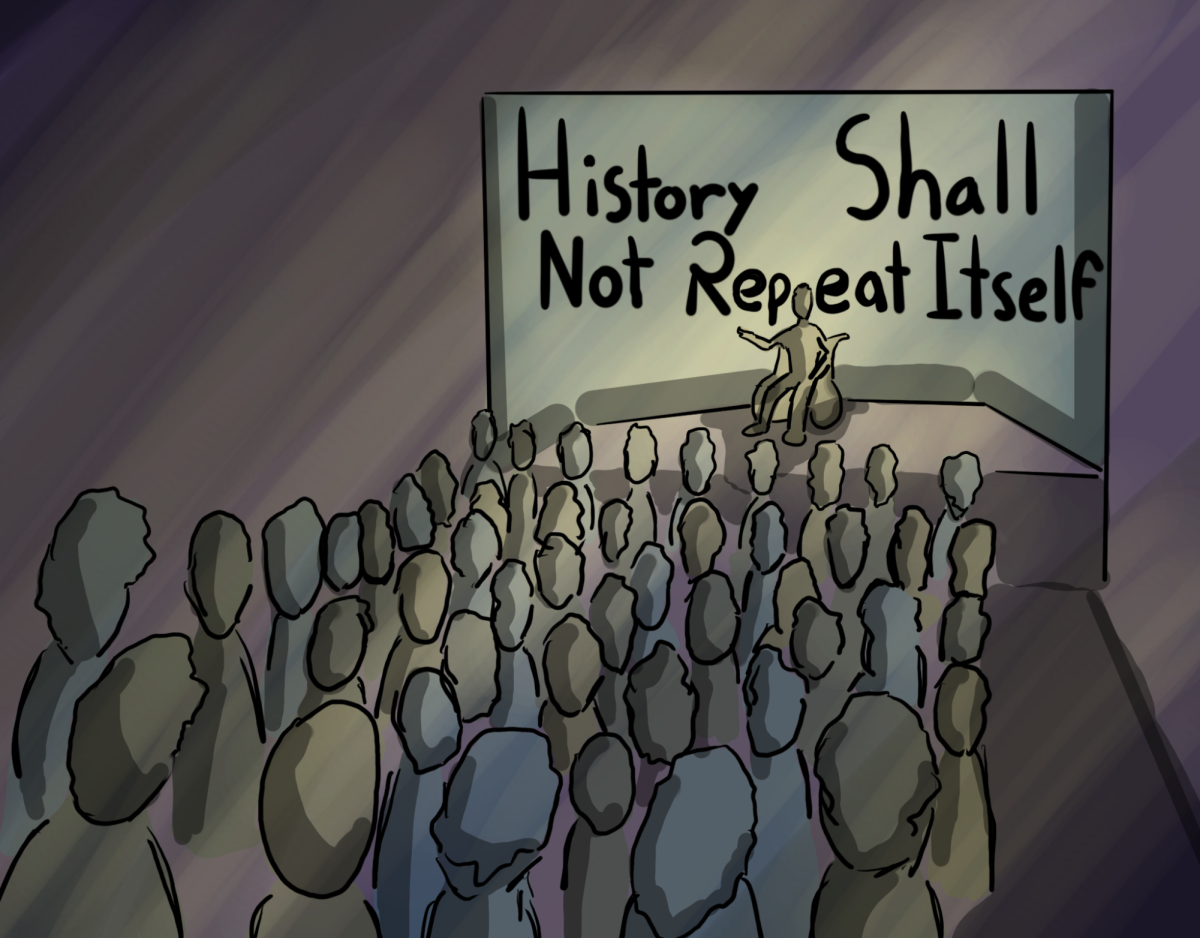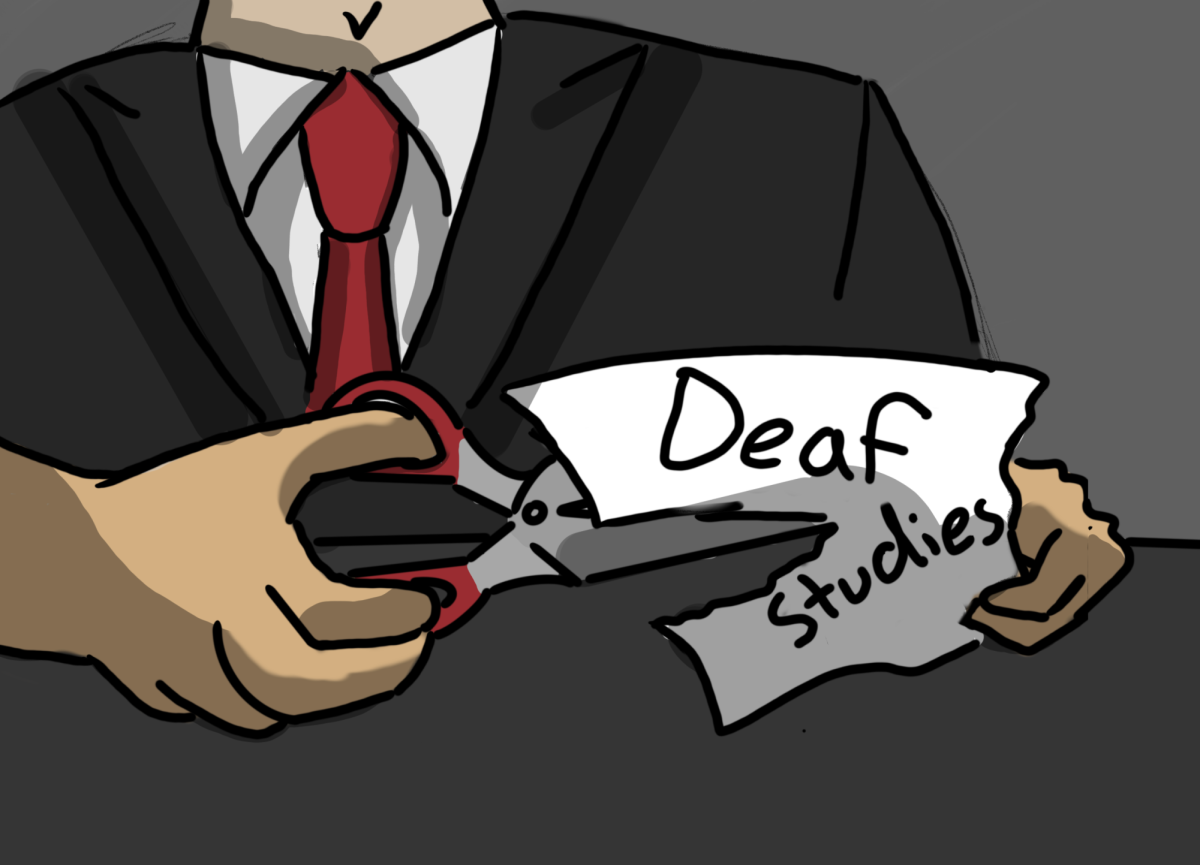The U.S. is currently experiencing a gun violence epidemic, the tragic effects of which are particularly prevalent in schools. Last year had the highest number of gun violence incidents ever recorded, based on data going back to 1970, according to BBC. As part of ongoing efforts to keep students safe amid threats of gun violence in educational spaces, schools across the country are increasingly mandating shelter-in-place drills. The drills provide an opportunity for students, faculty and staff to practice responding to an active-shooter situation.
Ithaca College has hosted three shelter-in-place drills during 2019–20 academic year so far. This included a drill for the School of Health Sciences and Human Performance in Hill Center and the Center for Health Sciences on Oct. 11. The 30-minute long drill focused primarily on securing the buildings and establishing simple safety techniques, and it did not include a simulated visual or auditory attack. The college also offers online resources including a Run-Hide-Fight training video and an Emergency Preparation Training powerpoint.
The reality of gun violence throughout the United States has deemed measures like active-shooter drills necessary. However, while helpful, these drills are only a Band-Aid for a much larger, elaborate problem. In order to truly advocate safety in schools, it is important to recognize that anti-gun violence measures go far beyond active shooter drills. In the case of gun control, tangible change must start from the top down.
The current lack of gun control legislation is undeniably the most crucial contributor to gun violence throughout the country. Despite the admirable efforts of activist groups, the federal government has yet to pass any legislation that limits the public’s access to guns.
The federal government’s failure to enact policies that would even slightly decrease the likelihood of on-campus shootings is not only disappointing but extremely irresponsible. Gun violence not only has a heartbreaking impact on individuals who have lost their lives to gun violence and their loved ones but also on the entire culture in which today’s youth are growing up. Today, even young children are overexposed to the reality and impact of gun violence as reports of school shootings make consistent appearances in the news cycle.
Active–shooter drills are primarily useful in that they help campus community members remain conscious of the ever-present threat of gun violence on campus and learn useful safety techniques. But students should not have to sacrifice their own time and education to make up for the federal government’s lack of competency and failure to limit the impacts of gun violence. The only dependable way to ensure the safety of students on campus is to advocate gun control legislation and demand that lawmakers be held accountable.














